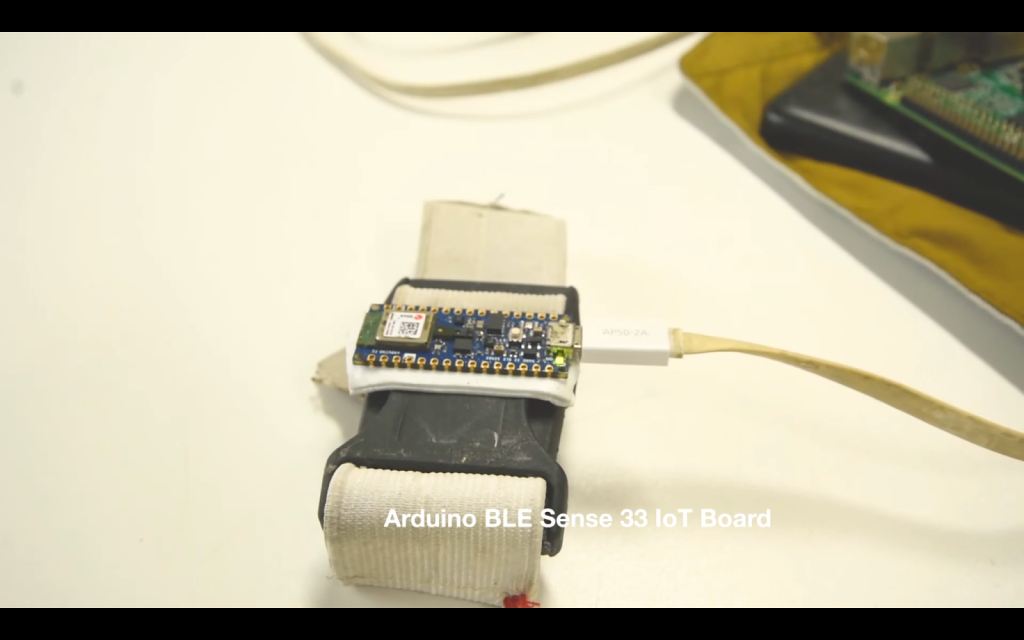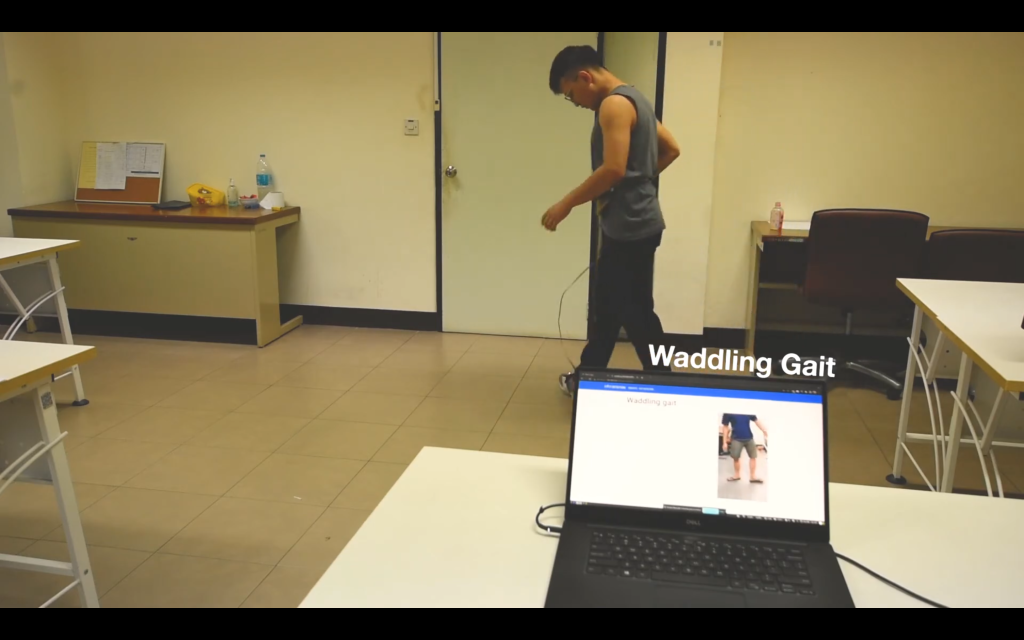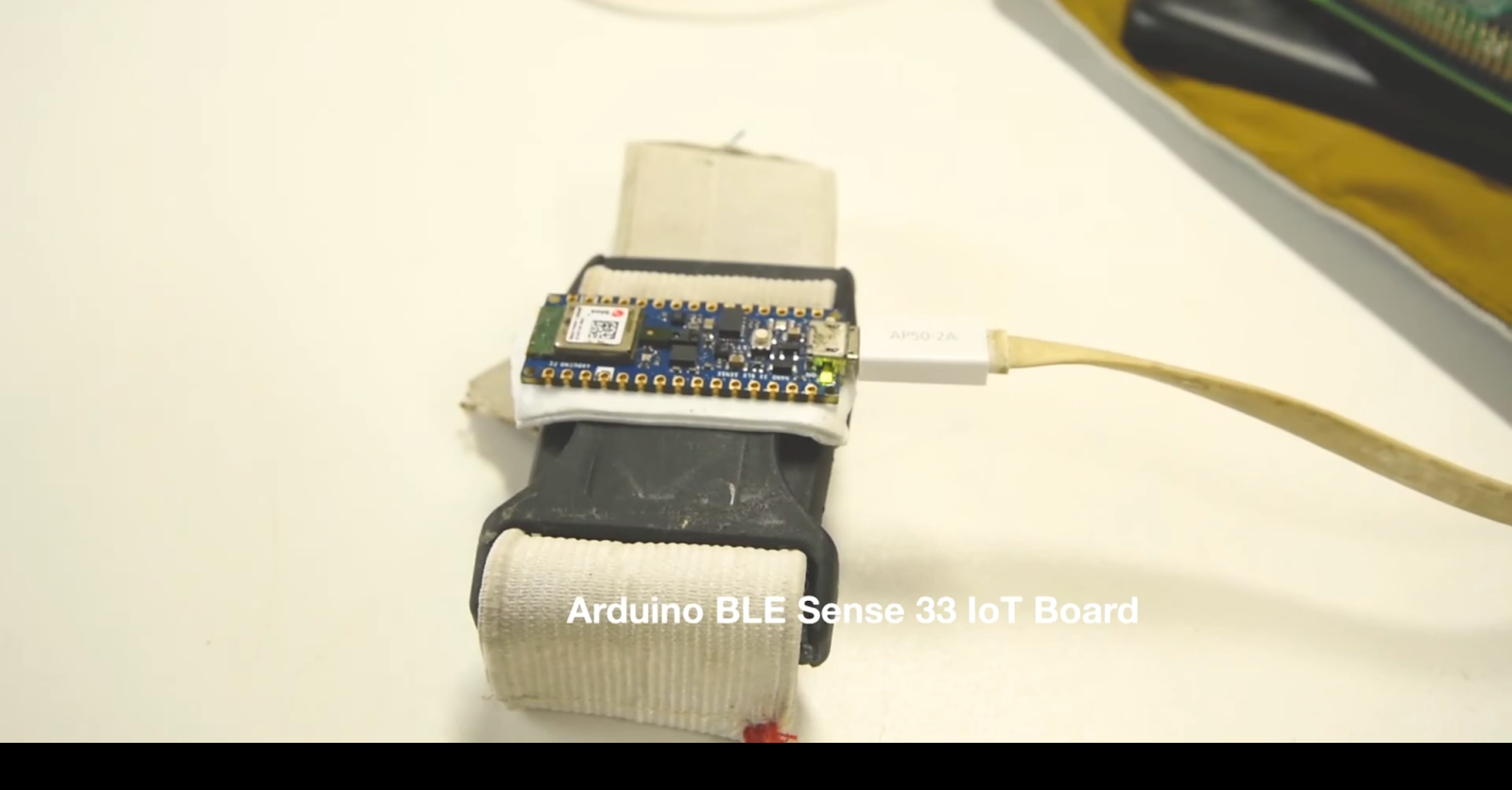An innovative Convolutional Neural Network-Based Low-Powered Wearable Smart Device offering affordable and Portable Gait Analysis for the Early Detection of Foot Disorders and Walking Irregularities
Gait analysis is a powerful technique that detects and identifies foot disorders and walking irregularities, including pronation, supination, and unstable foot movements. Early detection can help prevent injuries, correct walking posture, and avoid the need for surgery or cortisone injections. Traditional gait analysis methods are expensive and only available in laboratory settings. Still, new wearable technologies such as AI and IoT-based devices, smart shoes, and insoles can potentially make gait analysis more accessible, especially for people who cannot easily access specialized facilities.
One research done by IoT Systems Engineering student Mr. Sanjeev Shakya for his Master thesis with his advisor Associate Prof. Dr. Attaphongse Taparugssanagorn, proposes a novel approach using IoT, edge computing, and Tiny Machine Learning (TinyML) to predict gait patterns using a microcontroller-based device worn on a shoe. The device uses an Inertial Measurement Unit (IMU) sensor and a TinyML model on an Advanced RISC Machines (ARM) chip to classify and predict abnormal gait patterns, providing a more accessible, cost-effective, and portable way to conduct gait analysis.


Fortunately, new wearable technologies such as AI and IoT-based devices, smart shoes, and insoles can potentially make gait analysis more accessible, especially for people who cannot easily access specialized facilities.
The proposed approach by Sanjeev, who hails from Nepal, provides a more accessible, cost-effective, and portable way to conduct gait analysis. With this innovative technology, individuals can detect and correct their gait abnormalities without requiring expensive lab tests. The device can be worn on the shoe, allowing for greater mobility and ease of use.


The benefits of this new technology extend beyond accessibility and cost-effectiveness. Early detection of gait abnormalities can help prevent injuries and improve walking posture, leading to better overall health outcomes. By using advanced technology to predict and prevent abnormal gait patterns, individuals can take control of their foot health and avoid the need for more invasive interventions such as surgery or injections.


With the advent of wearable technology such as AI and IoT-based devices, gait analysis has become more accessible and cost-effective. The proposed approach, using IoT, edge computing, and Tiny Machine Learning to predict gait patterns using a microcontroller-based device worn on a shoe, provides a convenient and accurate solution to detect and correct gait abnormalities. By using this innovative technology, individuals can take control of their foot health and walk confidently into a healthier future.
This research journal has been published in IoT – Multidisciplinary Digital Publishing Institute (MDPI). IoT is an international, peer-reviewed, open-access journal on the Internet of Things (IoT) published quarterly online by MDPI.
About IoT Systems Engineering Program at AIT
Researchers estimate that within a few years from now, a whopping 20.4 billion Internet of Things (IoT) devices will be connected. This surge in the number of IoT devices in use will translate into a significant increase in the number of IoT jobs as well. Clearly, a job in IoT can pay well because of the rising demand, but candidates will require a combination of skills to ensure a promising IoT career.
The “Internet of Things (IoT) Systems Engineering” academic program is being offered by the School of Engineering and Technology (SET). The program focuses on developing the skills necessary to design and build IoT systems, including understanding the hardware and software components involved, developing communication protocols, understanding various types of wireless communications technologies for IoT, designing and implementing data management systems and data analytics systems, and ensuring the security and privacy of data.
Students may also be exposed to real-world IoT applications in areas such as healthcare, energy management, and smart systems and devices. They may also have opportunities to work on industry internship projects or research projects related to IoT systems.









